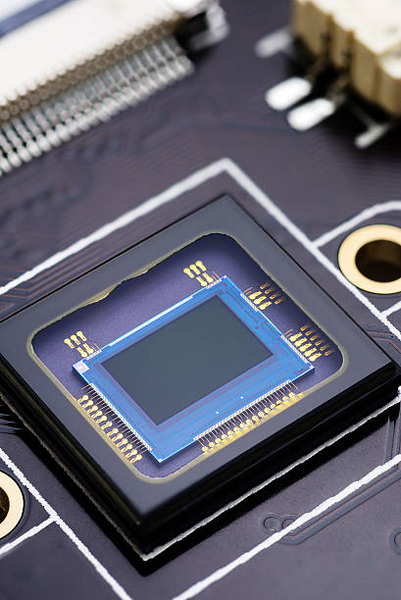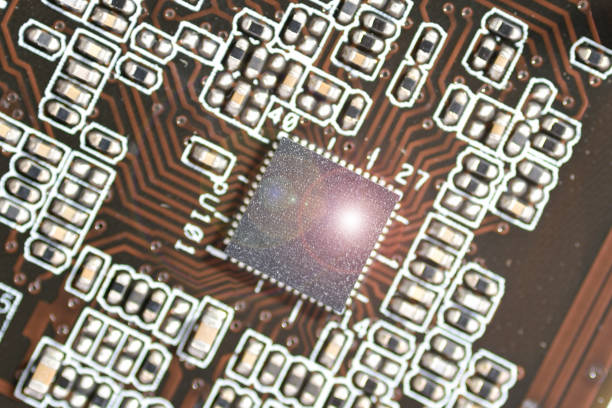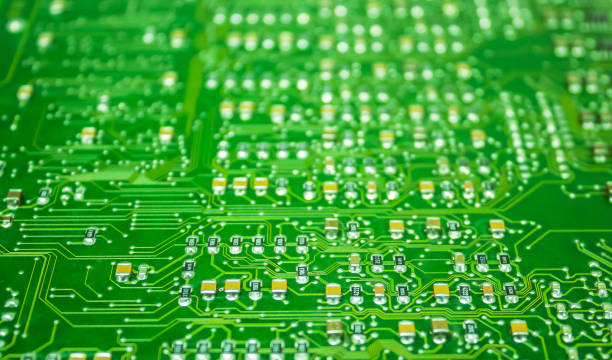Content Menu
● Introduction
● Understanding Surface Mount Technology
● Essential Materials in the Surface Mount Device Process
>> Solder Paste
>> Flux
>> Adhesives
>> Cleaning Agents
>> Stencils
>> 6. Printed Circuit Boards (PCBs)
● The Surface Mount Device Process
>> Solder Paste Application
>> Component Placement
>> Reflow Soldering
>> Inspection
● Conclusion
● Related Questions
>> 1. What is Surface Mount Technology?
>> 2. Why is solder paste important in SMT?
>> 3. What role does flux play in the SMT process?
>> 4. How does cleaning affect SMT assemblies?
>> 5. What equipment is essential for Surface Mount Technology?
Introduction
Surface Mount Technology (SMT) has revolutionized the way electronic components are assembled onto printed circuit boards (PCBs). By enabling components to be mounted directly onto the surface of a PCB, SMT allows for more compact designs, increased component density, and enhanced manufacturing efficiency. This article will delve into the essential materials used in the SMT process, their roles, and how they contribute to the overall effectiveness of electronic assembly.

Understanding Surface Mount Technology
Surface mount technology is a method of mounting electronic components directly onto the surface of PCBs. Unlike traditional through-hole technology, which requires drilling holes in the board for component leads, SMT allows for a more streamlined assembly process. This technology has become prevalent due to its numerous advantages, including:
- Higher Component Density: SMT enables more components to fit into a smaller area, which is crucial for modern compact electronic devices.
- Reduced Manufacturing Costs: By minimizing the number of manual processes and allowing for automation, SMT reduces labor costs and production time.
- Improved Performance: Components mounted using SMT typically exhibit better performance under mechanical stress and vibration due to their lower mass and better alignment with solder pads.
Essential Materials in the Surface Mount Device Process
The SMT process relies on several key materials that facilitate effective assembly. Each material plays a critical role in ensuring that components are securely attached to the PCB and function correctly within electronic devices.
Solder Paste
Solder paste is perhaps the most critical material in the SMT process. It is a mixture of powdered solder metal and flux that is applied to the PCB before component placement. The primary functions of solder paste include:
- Adhesive Properties: Solder paste acts as a temporary adhesive that holds surface mount devices (SMDs) in place during assembly.
- Electrical Connections: Upon heating during reflow soldering, solder paste melts and forms strong electrical connections between the SMDs and PCB pads.
- Composition: Common solder paste compositions include lead-free alloys such as Sn96.5/Ag3/Cu0.5, which provide excellent thermal and electrical conductivity while adhering to environmental regulations regarding lead use.
Flux
Flux is an essential component of solder paste but can also be used independently in certain applications. Its primary functions include:
- Cleaning Agent: Flux helps remove oxidation from metal surfaces, ensuring that solder adheres properly during the reflow process.
- Preventing Oxidation: By creating a barrier between the metal surfaces and air, flux prevents further oxidation during soldering.
- Types of Flux: There are various types of flux used in SMT, including rosin-based fluxes for general applications and water-soluble fluxes that are easier to clean post-soldering.

Adhesives
In some cases, adhesives are used alongside solder paste to secure components during assembly. Their roles include:
- Stability During Reflow: Adhesives help keep components fixed on the PCB during high-speed processes like double-sided reflow or wave soldering.
- Types of Adhesives: Common adhesives used in SMT include epoxy-based adhesives, which provide strong bonds and can withstand high temperatures.
Cleaning Agents
After soldering, residues from solder paste and flux can remain on the PCB. Cleaning agents are necessary to ensure that these residues do not affect the performance or reliability of electronic devices. Key points about cleaning agents include:
- Types: Alcohol-based cleaning agents are commonly used due to their effectiveness in removing flux residues without damaging components.
- Importance: Proper cleaning ensures long-term reliability by preventing corrosion and ensuring optimal electrical performance.
Stencils
Stencils are crucial for applying solder paste accurately onto PCBs. They allow for precise control over where solder paste is deposited, which is vital for achieving reliable connections. Important aspects include:
- Material: Stencils are typically made from stainless steel or polymer materials that can withstand repeated use without degrading.
- Design: The design of stencils must match the layout of the PCB precisely to ensure that solder paste is applied only where needed.
6. Printed Circuit Boards (PCBs)
While not a consumable material like those mentioned above, PCBs themselves are fundamental to the SMT process. Key considerations include:
- Design Specifications: PCBs must be designed with flat copper pads suitable for surface mounting SMDs.
- Material Composition: Common materials used in PCBs include FR-4 (a flame-retardant epoxy resin) due to its excellent electrical insulating properties and mechanical strength.
The Surface Mount Device Process
The SMT process consists of several stages that work together seamlessly to ensure efficient assembly:
Solder Paste Application
The first step involves applying solder paste onto the PCB using a stencil printer. This machine accurately deposits solder paste onto designated pads based on the PCB design.
Component Placement
Once the solder paste is applied, pick-and-place machines accurately position SMDs onto their respective pads using vision systems for precision alignment.
Reflow Soldering
After placement, boards undergo reflow soldering in an oven where temperatures are carefully controlled to melt the solder paste and create strong bonds between components and pads.
Inspection
Post-soldering inspection is critical for quality assurance. Automated Optical Inspection (AOI) systems check for defects such as misaligned components or insufficient solder joints.
Conclusion
The surface mount device process relies heavily on specific materials that ensure efficient assembly and high-quality electronic products. From solder paste and flux to adhesives and cleaning agents, each material plays a vital role in achieving reliable connections on printed circuit boards. As technology continues to advance, understanding these materials becomes increasingly important for manufacturers aiming to produce compact, efficient electronic devices.

Related Questions
1. What is Surface Mount Technology?
Surface Mount Technology (SMT) is a method where electronic components are mounted directly onto the surface of printed circuit boards (PCBs), allowing for higher component density and reduced manufacturing costs compared to traditional through-hole technology.
2. Why is solder paste important in SMT?
Solder paste serves as both an adhesive for holding components in place during assembly and as a means to create electrical connections when heated during reflow soldering.
3. What role does flux play in the SMT process?
Flux cleans metal surfaces by removing oxidation and preventing further oxidation during soldering, ensuring strong adhesion between solder and component leads.
4. How does cleaning affect SMT assemblies?
Proper cleaning removes residues from solder paste and flux after assembly, preventing corrosion and ensuring optimal electrical performance over time.
5. What equipment is essential for Surface Mount Technology?
Key equipment includes stencil printers for applying solder paste, pick-and-place machines for component placement, reflow ovens for melting solder, and inspection systems like AOI for quality control.




















